Live Water Ozonetor
Ozone is created in the atmosphere when the sun’s ray’s split oxygen molecules into single atoms. These atoms combine with nearby oxygen to form a three-oxygen molecule called ozone.
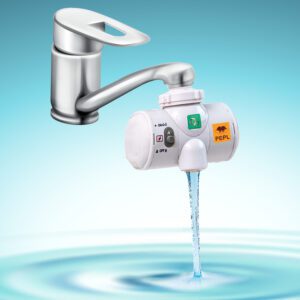


Ozone Water
Ozone is a powerful oxidizing agent which, when dissolved in water, produces a broad-spectrum biocide that destroys all bacteria, viruses and cysts. Ozone water treatment is been used for the treatment of potable water since 1904 and having proven research for its medical use and benefits. Ozone water remains ozonated for 20 minutes than it turns in to oxygenated water and drinking that improves entire health of body.
Applications
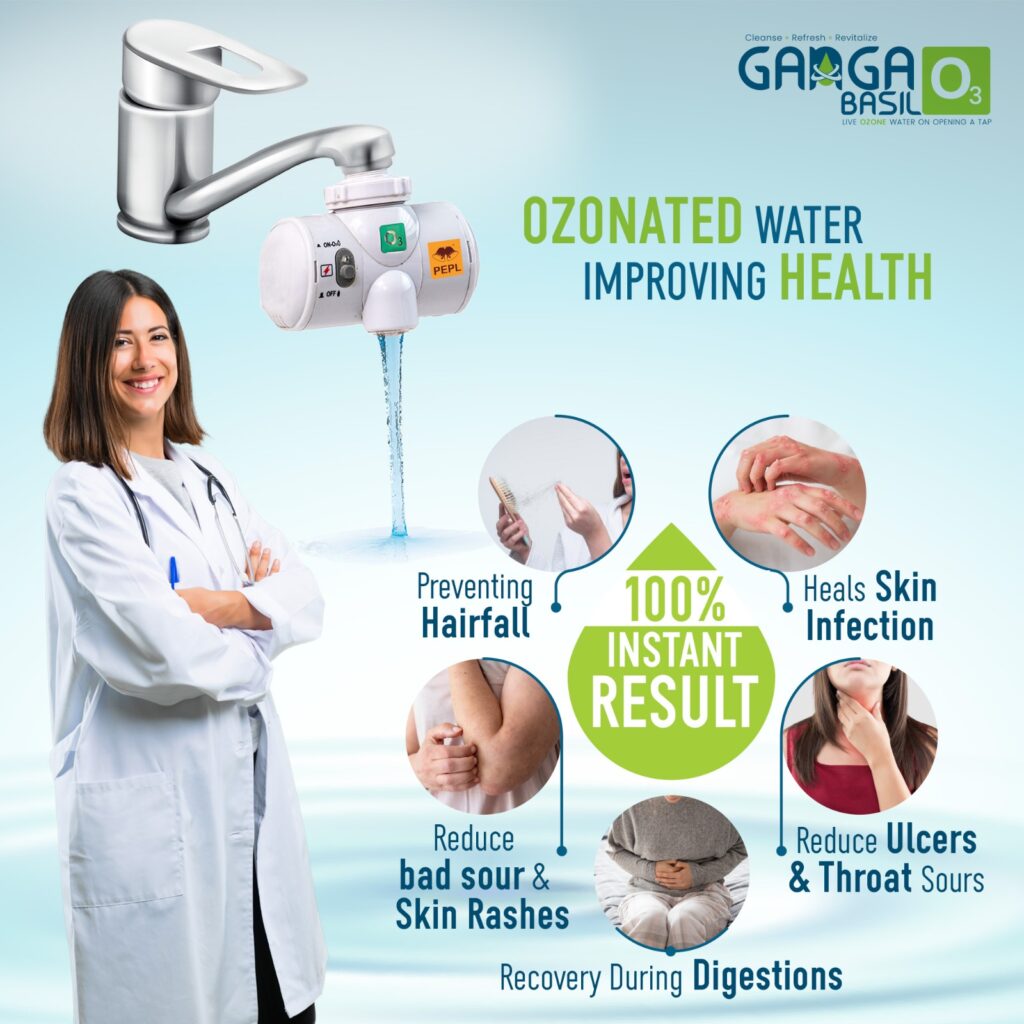




Oxygenated Water for daily drinking
(Fresh Ozone water becomes Oxygenated water after 20 mins of time and can be consumed for daily drinking)
Benefits


Increases the production of new blood cells | Carries nutrition and oxygen to your cell. | Helps for weight loss and increases body energy. |
Reduces the risk of cancer | Helps to convert food in to energy. | Reduces body pain and joints |
Purifies the colon and making it easier to absorb nutrition | Keeps your brain healthy and makes you look younger. | Regulates body temperature |
Boosts metabolisms | Reduces toxins from body | Helps to prevents bone break |
Installations
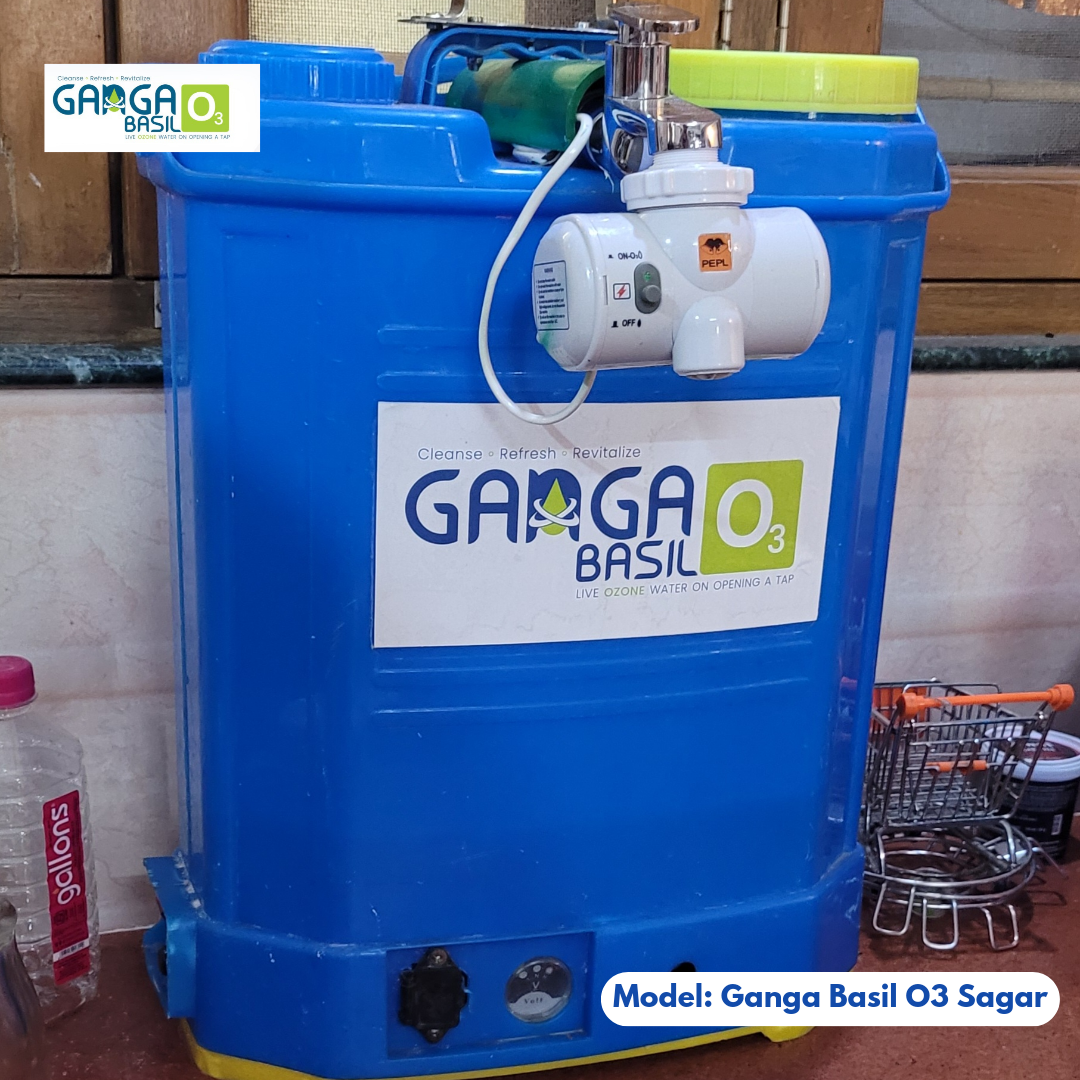

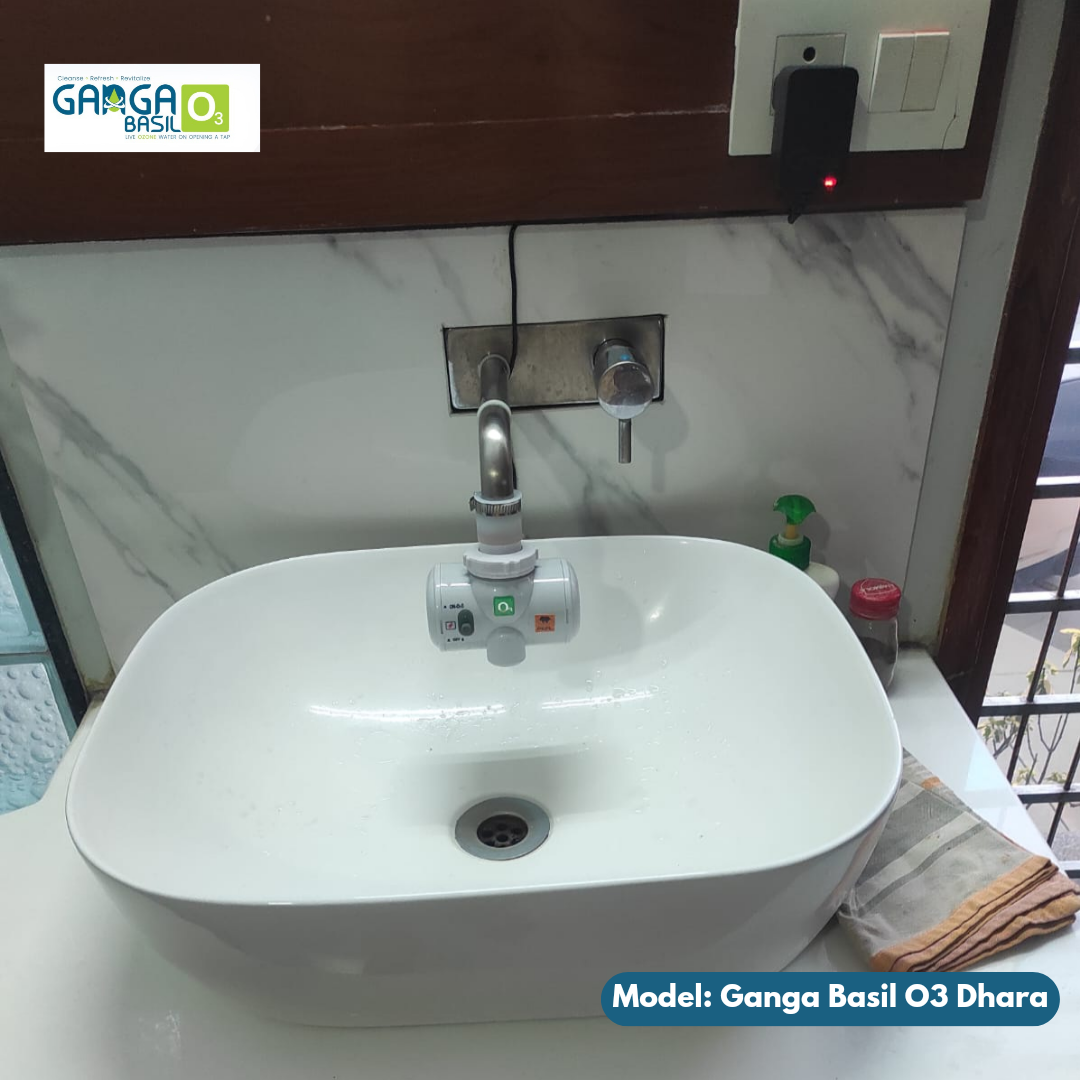

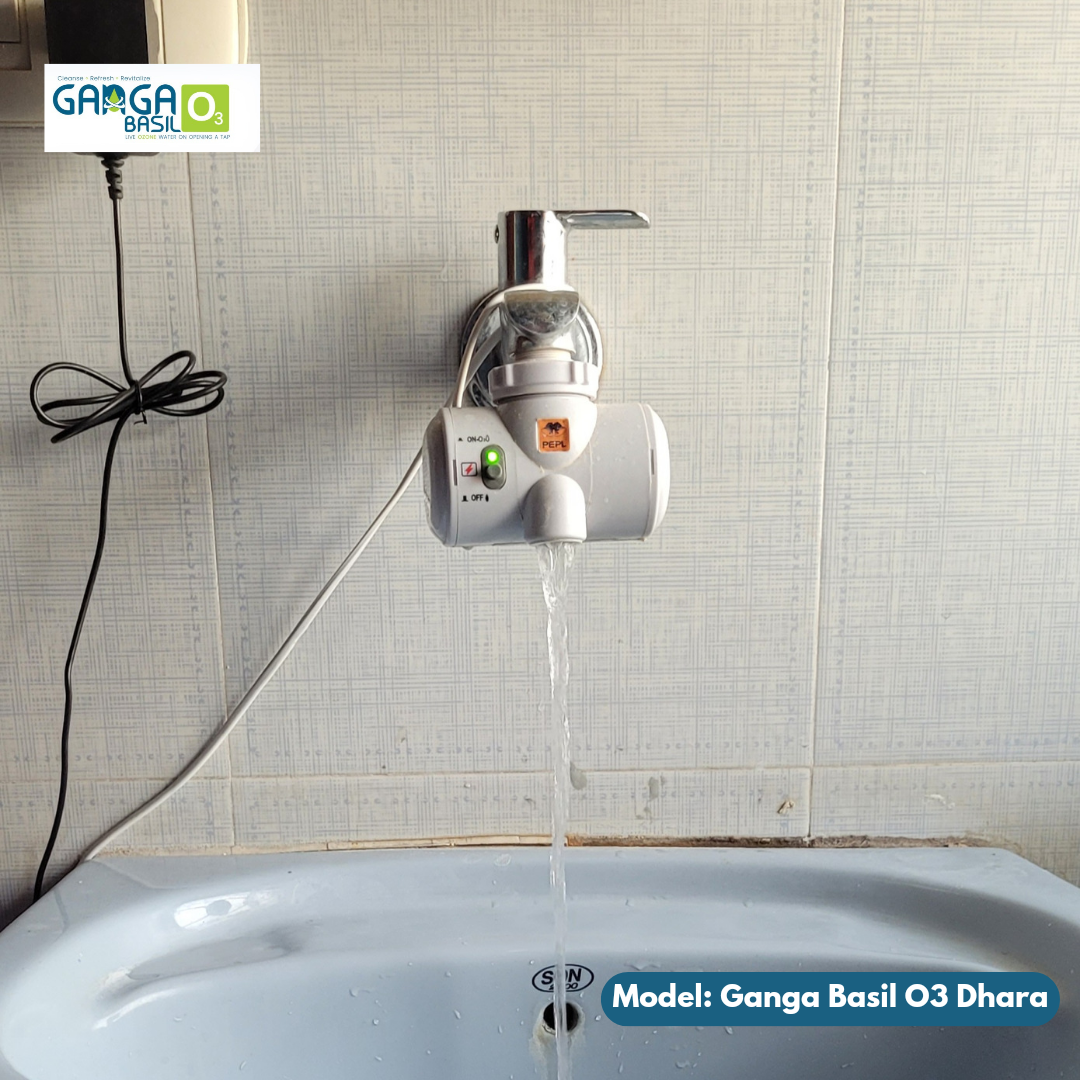



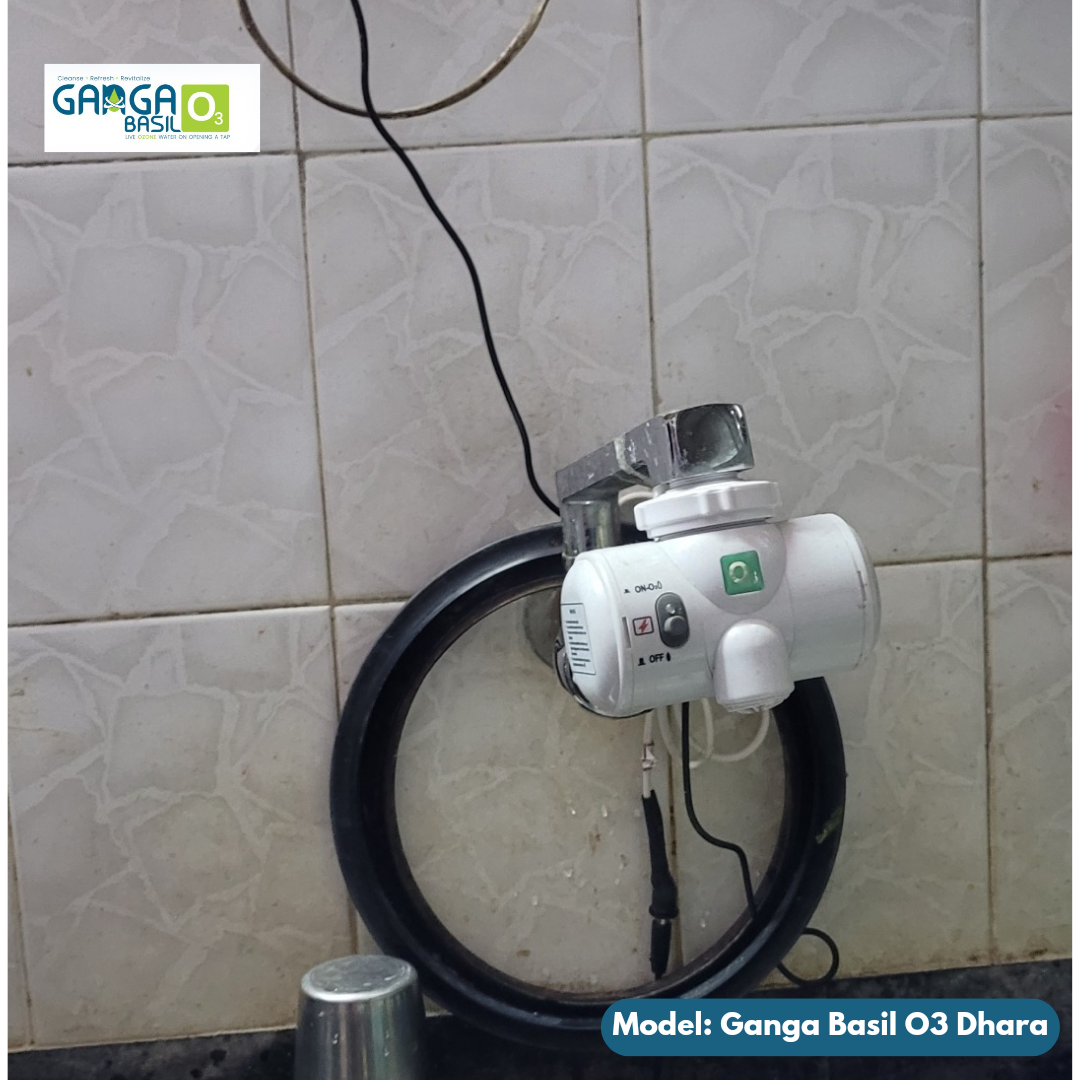

RESEARCH & ARTICLES DEVELOPMENT
Ozone water Research paper
1) Ozone is frequently used as a complementary therapy for various cutaneous diseases,
including infectious skin diseases, wound healing, eczema, dermatitis, psoriasis, axillary
osmidrosis, diabetic foot, and pressure ulcers.
https://onlinelibrary.wiley.com/doi/full/10.1111/iwj.14060#:~:text=Ozone%20is%20frequ
ently%20used%20as,diabetic%20foot%2C%20and%20pressure%20ulcers.
2) Ozone therapy for hair has widely been acknowledged for its effectiveness in treating
hair and scalp problems like dandruff, hair fall, hair thinning and damage. https://zoltan-
hair.com/hair-treatmentsozone-hair-treatment/#:~:text=Ozone%20therapy%20for%20hair%20has,fall%2C%20hair%20thinning%20and%20damage.
https://www.monarchintegrativehealth.com/blog-feed/2018/11/7/ozone-treatment-for-hair-and-scalp
3) Ozone therapy seems promising for some dermatological conditions
https://www.ncbi.nlm.nih.gov/pmc/articles/PMC9122276/
4) Ozone water eliminates foul breath and prevents tooth decay and reduce dental pain.
https://www.tandfonline.com/doi/abs/10.1080/01919512.2018.1524285?journalCode=bose20
https://www.tandfonline.com/doi/abs/10.1080/01919512.1997.10382878)
5) Ozone water decreases inflammation and aids in the healing of infected areas.
https://pubmed.ncbi.nlm.nih.gov/20335124/
6) Ozone water heals burns and open wounds quickly.
https://www.ncbi.nlm.nih.gov/pmc/articles/PMC7949634/
Oxygenated water research paper
1) Oxygenated water enhances the healing process of ischaemic skin wound healing in ananimal model
https://onlinelibrary.wiley.com/doi/full/10.1111/iwj.13790
2) Oxygenated water cures wound and infection
https://pubmed.ncbi.nlm.nih.gov/14961190/
3) Oxygenated water enhance post-exercise recovery via increased lactate clearance.https://www.ncbi.nlm.nih.gov/pmc/articles/PMC5371271/
4) Drinking Oxygenated water regularly reduce the risk of kidney stone
https://www.medicinenet.com/what_is_oxygenated_water_what_happens_when_drink/article.htm
5) Oxygenated water increases the rate of generation of oxygen radicals
https://pubmed.ncbi.nlm.nih.gov/15896427/
